There can be your advertisement
300x150
"I Want This!": Help Your Child Choose the Right Color for Their Bedroom
Any parent at some point asks themselves: what colors should be preferred when decorating a child's room? As psychologists claim, human thinking is directly linked to the development of visual perception. Therefore, it's important to choose the right tones and shades for walls, as well as furniture and textiles. The choice of color affects how a child feels in the room.
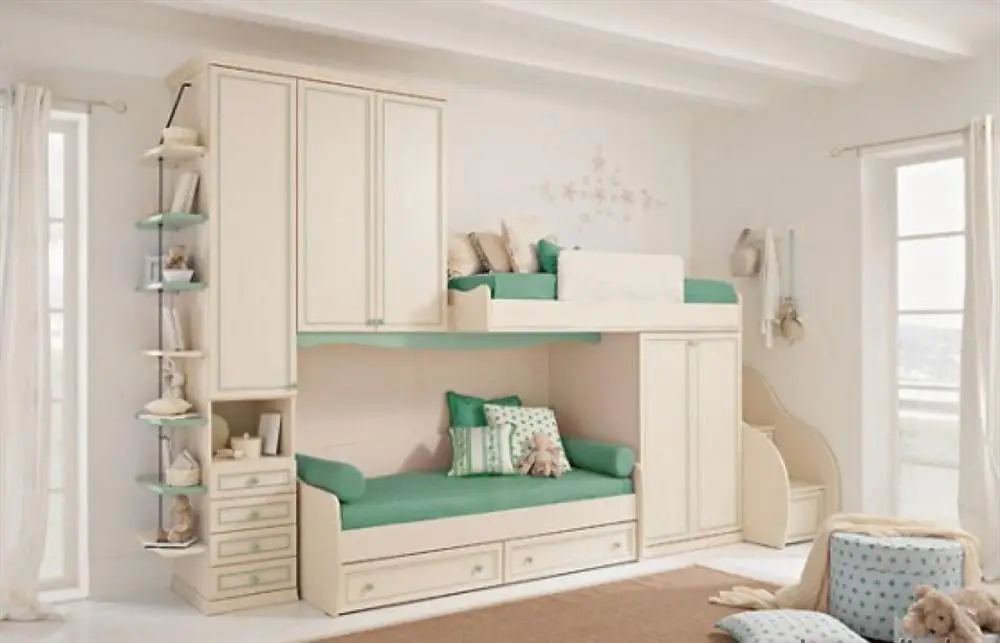
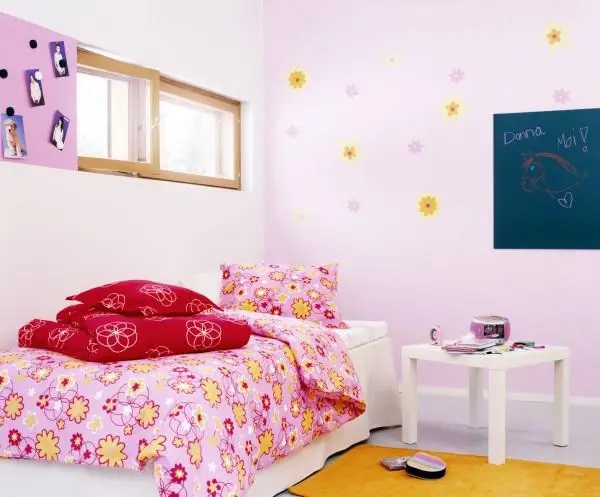

Color Scheme
It is generally recommended to choose warm, soft, and unsaturated tones for toddlers under three years old that are close to natural hues. Avoid bright details or images on the walls.
However, studies by scientists show that bright colors are also essential for the youngest ones: regardless of gender, nationality, or place of residence, children under one year old prefer red, yellow, and orange colors over cooler tones. Therefore, a good option for a baby's room is light, calm wall colors and many bright toys that can be put away during bedtime. The ideal color palette for walls can be found in the Tikkurila "Feel the Color" collection of light shades.

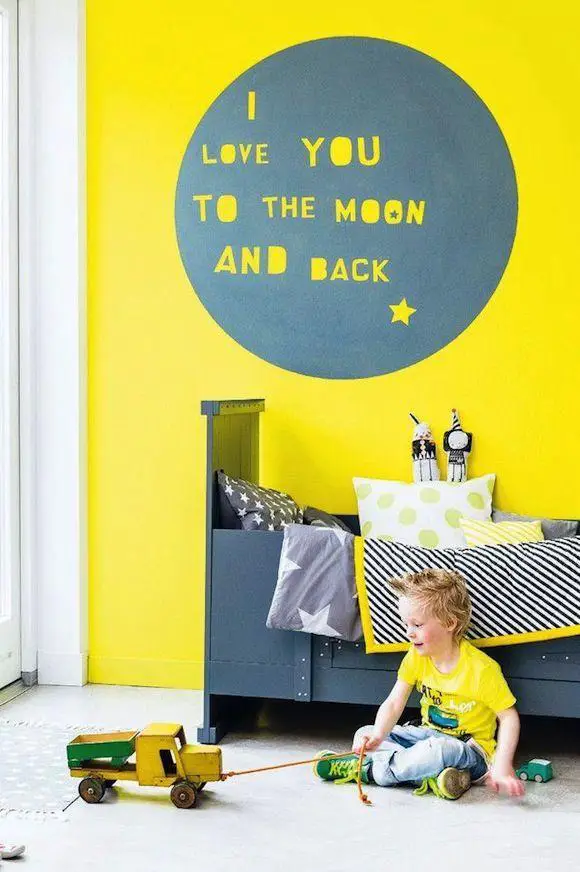
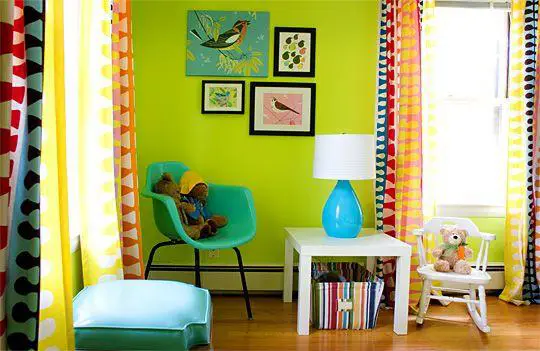

Unusual Wall Decoration Ideas
Perhaps all children want to draw on the walls. Parents have two options: forbid and punish or turn the wall into a canvas for creativity! A great idea is to use part of the wall as a drawing surface. For example, using paint that can transform a child's bedroom wall into a school board. There’s no need to write rules or examples on it, just draw and write anything you like! Use Tikkurila School Board Paint, available in black or green. Chalks glide smoothly over the surface and wipe clean easily.
Another unusual solution is to paint a section of the wall with a special material that can hold magnets, such as Magnetic Paint. Originally dark gray in color, it can be covered with any interior paint on top. This gives endless room for imagination! You could draw a landscape onto which magnetic animal and bird figures can be attached, or a world map where travel magnets can be placed.



Paint Requirements
Eco-friendliness and safety are important for any interior paint, but especially crucial when painting a child's room. What signs on the packaging indicate that the paint meets high safety standards?
Class M1 emission confirms that the paint does not emit (or emits only negligible amounts of) harmful volatile substances and has almost no odor. M1 materials are the safest for asthmatics and allergy sufferers.
Ecolabel (EcoColor) means that the material is made from raw materials that pollute the environment to the least extent.
Scandinavian Swan is a symbol granted by producers of products from Northern Europe. The emblem signifies compliance with strict Scandinavian ecological standards throughout the entire lifecycle of the product, from raw materials to waste generation during production and usage.
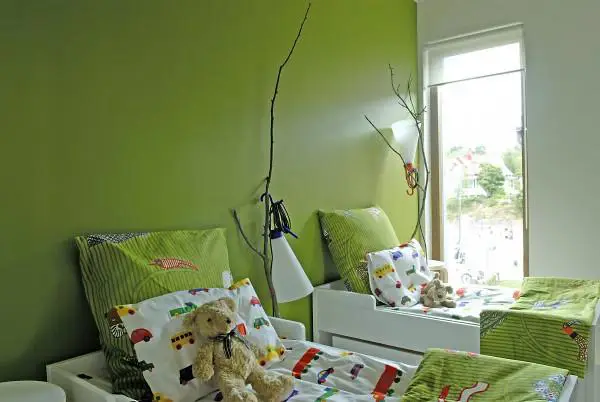
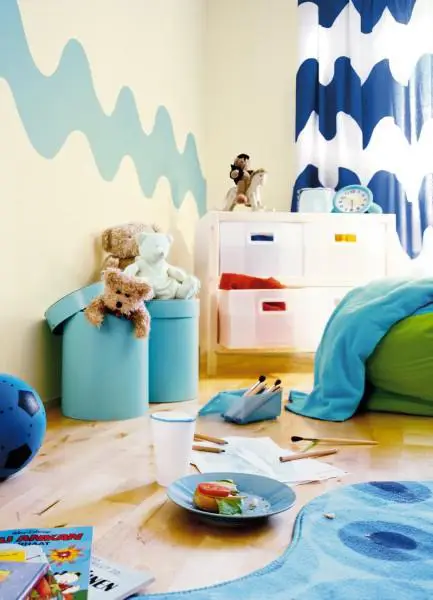
The older the child becomes, the more information and activities they absorb. For school-age children, color should properly zone space: rest area, study area, and sleep zone. In areas where children do homework or study, nothing should distract them, so a restrained color palette is recommended. Contrasts in color (which depend on the child’s temperament) may be used, but it is not advisable to use thematic compositions on walls that distract children from learning and immerse them in fantasy worlds. On the contrary, such fantastical themes are appropriate and even recommended in play areas or sleep zones.

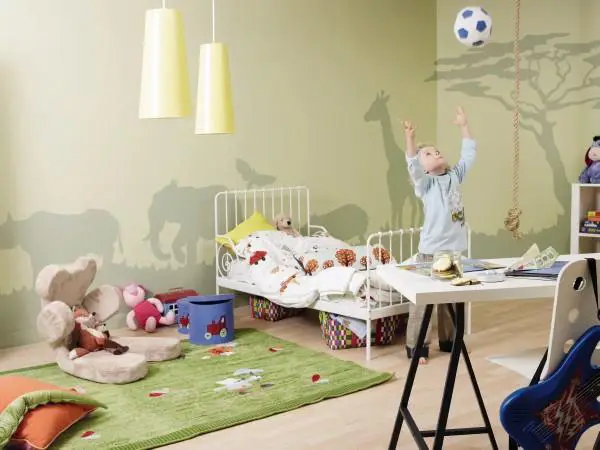

For older children in middle school, color accents are also relevant. Again, the tone or color will largely depend on the child’s temperament. In this age group, so-called base colors—gray tones and any soft pastel shades—are appropriate. These can be used to introduce any graphics. For children interested in photography, for example, any photos—processed or stylized—can be incorporated. This does not mean that bright colors or contrast should never be used—they can and even should be in some cases if it aligns with the child’s temperament and chosen stylistic approach.

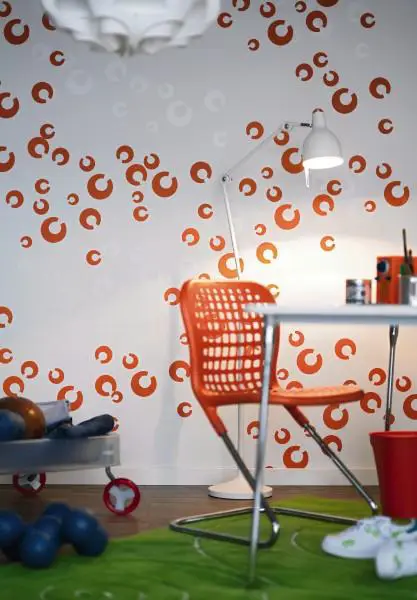
It is also essential to consider the child’s temperament when choosing colors. For energetic choleric children, emerald green, blue-green, violet, and gray-blue tones, as well as light pastel shades, are suitable. Those with similar personalities respond well to warm tones like yellow, egg yolk color, beige, and pastel orange. Contrasts are acceptable. The active red color is not recommended; it can be replaced with deep burgundy or orange-red. A gray palette works well when combined with emerald or white.

For cheerful sanguine children, there are no color restrictions—except for the absence of color! It’s important to remember that these kids need many colors, and contrast and bright colors are welcomed. This rule applies to sanguine children of all ages.
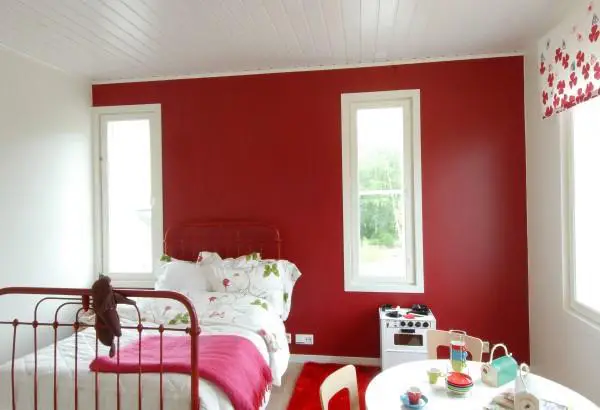
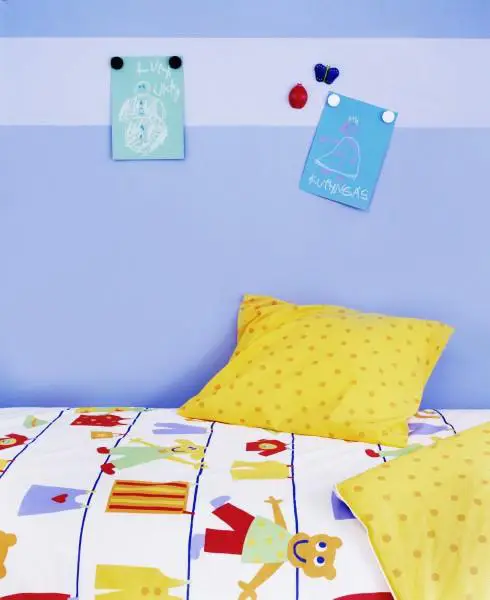
For melancholics, elegant themes from Hollywood fairy tales, gentle colors for girls, pink-violet shades, and more vibrant tones transitioning into plums and blues for boys are ideal. Pirate themes may be used, but with a nautical adventure romance rather than skulls.
As naturally slow-reacting individuals, melancholics benefit from more active accents in their interior design—such as terracotta or orange shades, with possible red specks, but preferably a berry tone.


For phlegmatics, all wood tones—from light beech to rich palisander or dark deep veneer—are perfect. Chocolate or sand tones are also appropriate, and yellow is an excellent choice. If large sunflowers appear on a phlegmatic child’s wall, that’s exactly what’s needed!
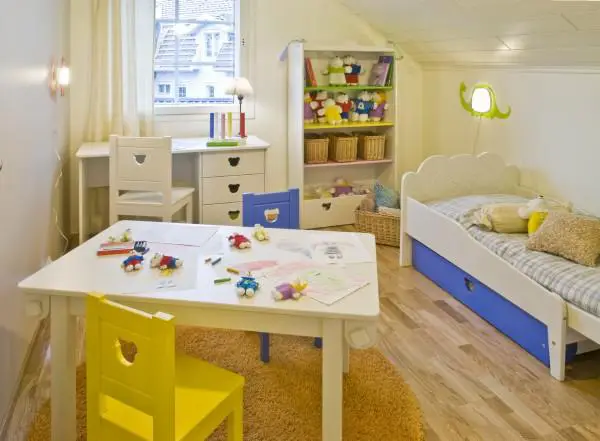


More articles:
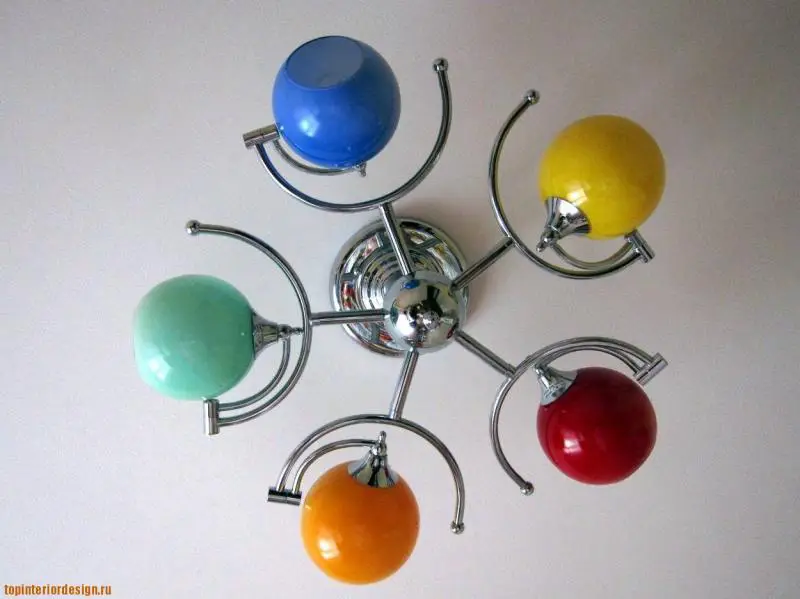 Chandeliers and Lighting Fixtures for Children's Room - Tips for Choosing
Chandeliers and Lighting Fixtures for Children's Room - Tips for Choosing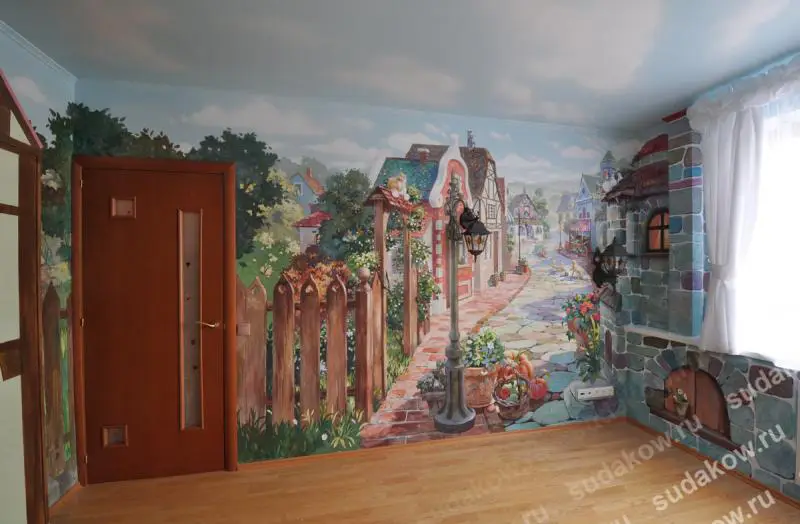 Walls in Children's Room: 7 Ideas for Decoration
Walls in Children's Room: 7 Ideas for Decoration View Children's Rooms — Don't Miss: IKEA Catalog!
View Children's Rooms — Don't Miss: IKEA Catalog!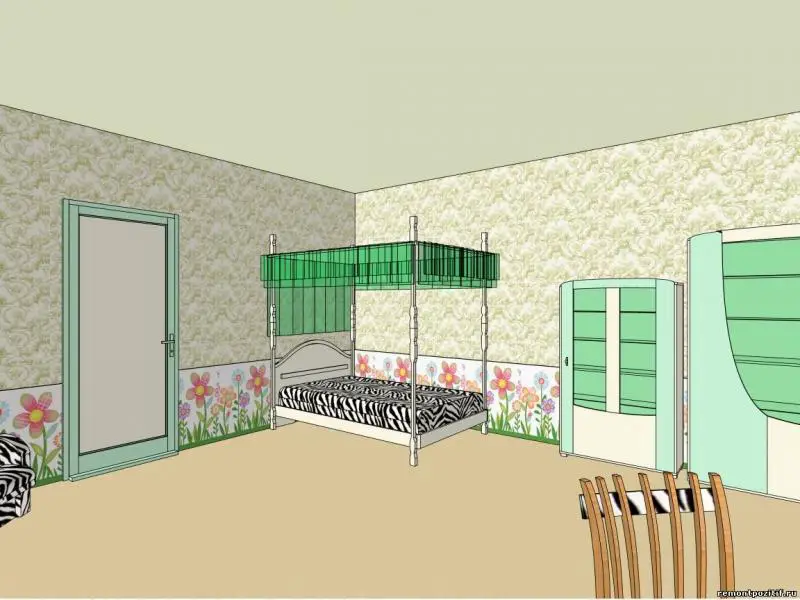 Drawing a Children's Room. How to Do It Right
Drawing a Children's Room. How to Do It Right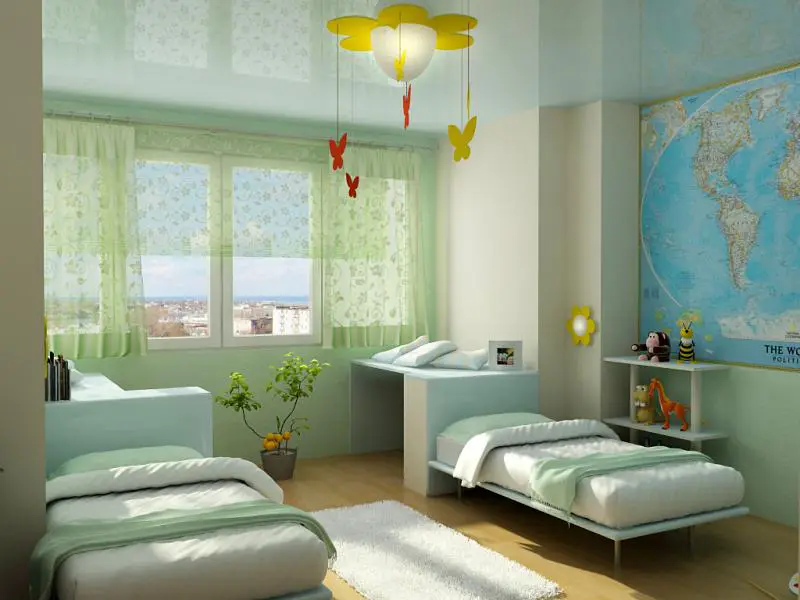 Children's Room Design Project
Children's Room Design Project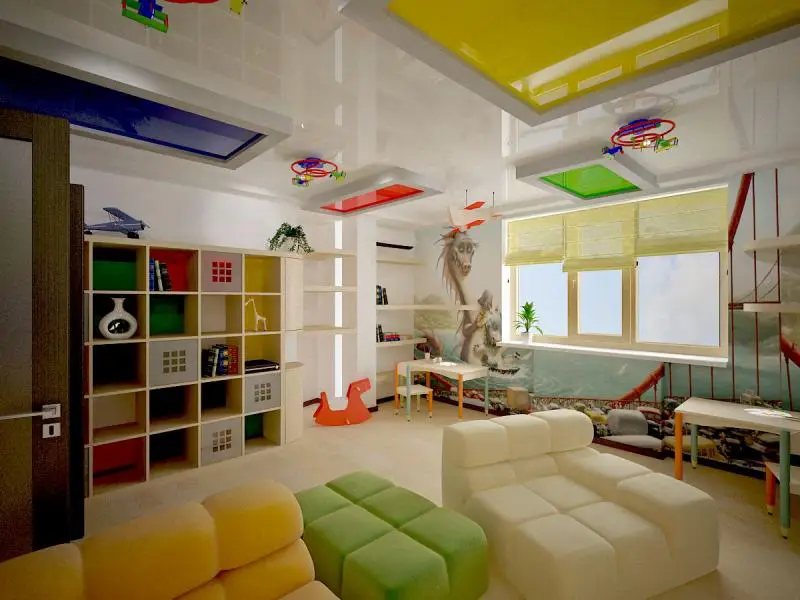 Suspended Ceiling in Children's Room. Advantages and Disadvantages
Suspended Ceiling in Children's Room. Advantages and Disadvantages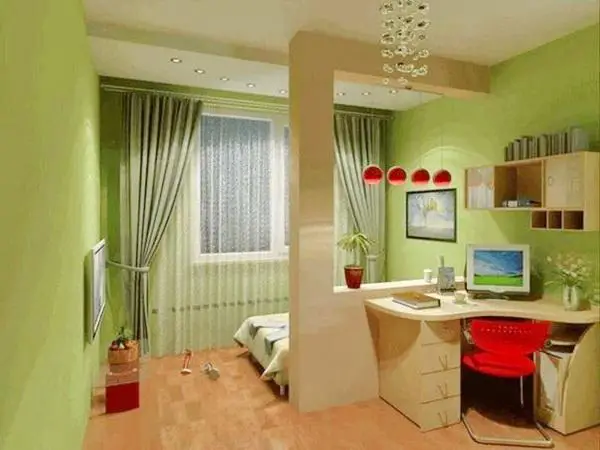 Proper Children's Room Layout
Proper Children's Room Layout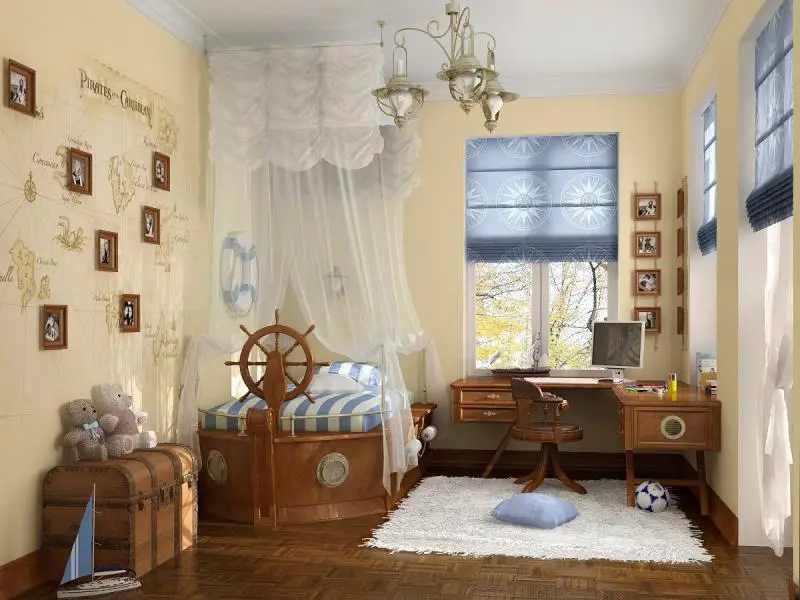 Childroom Decoration: Colors, Furniture, Zoning, Materials
Childroom Decoration: Colors, Furniture, Zoning, Materials